Heinrich J. Ramm0195060970, 9780195060973, 9781423735656, 9780195362954
Table of contents :
CONTENTS……Page 8
Introduction……Page 14
1. BRIEF REVIEW OF THE BASIC LAWS OF AERODYNAMICS……Page 22
Problems……Page 37
2.1. One-dimensional transonic flow……Page 39
2.2. The basic three-dimensional theory……Page 44
2.2.1. An application of the basic theory……Page 46
2.3. Simplified transonic theory for small perturbations……Page 48
2.4. Transonic shock relations……Page 54
2.5. Similarity rules……Page 58
2.5.1. Similarity rules for two-dimensional subsonic and supersonic flows……Page 59
2.5.2. Similarity rule for two-dimensional transonic flow……Page 67
2.5.3. Similarity rule for axisymmetric subsonic and supersonic flows……Page 68
2.5.4. Similarity rule for axisymmetric transonic flow……Page 70
2.6.1. Higher order transonic equations……Page 73
2.6.2. Asymptotic expansions……Page 86
2.7.1. Limitations of the hodograph approach……Page 88
2.7.2. The basic hodograph equations……Page 89
2.7.3. Some important applications of the hodograph method……Page 91
2.7.4. The transonic shock polar curves……Page 97
Problems……Page 104
3.1. General observations……Page 108
3.2. Nonsteady transonic theory……Page 109
3.3. The pressure coefficient from nonsteady theory……Page 110
Problems……Page 115
4. LIFT SLOPE AND DRAG RISE AT SONIC SPEED……Page 116
5.1. Solutions of transonic equations by linearization……Page 122
5.1.1. Solutions through local linearization……Page 124
5.2. The equivalence rule……Page 134
5.2.1. The relative magnitudes of ∂u/∂x and ∂v/∂y (+∂w/∂z) in slender-body flow……Page 136
5.2.2. Basic considerations leading to the equivalence rule……Page 138
5.2.3. The formulation of the equivalence rule by Oswatitsch and Keune……Page 139
5.2.4. Comparison of the equivalence rule with the parabolic method of flow computations……Page 140
5.2.5. The area rule as the logical extension of the equivalence rule……Page 145
5.3. Transonic flow with heat addition……Page 147
5.3.1. The equation for inviscid flow with heat addition……Page 150
5.3.2. The effect of heat addition on aircraft performance……Page 153
Problems……Page 158
6.1. Introduction……Page 160
6.2.1. Shock wave–boundary layer interaction……Page 161
6.2.2. The shape of the transonic shock wave……Page 163
6.2.3. The longitudinal (compressive) viscosity……Page 165
6.3.1. Formulation of the longitudinal viscosity……Page 167
6.3.2. The small-perturbation equation of viscous transonic flow……Page 168
6.4.1. Similarity solutions of partial differential equations……Page 171
6.4.2. Viscous flow through a Laval nozzle……Page 172
6.4.3. Viscous radial and spiral flow……Page 176
Problems……Page 182
7.1. Introduction……Page 183
7.2. The relaxation method……Page 184
7.4. Artificial viscosity……Page 188
7.5. Convergence and concluding remarks……Page 190
Problems……Page 191
8.1. The basic problems……Page 192
8.2. The supercritical airfoil……Page 194
8.3. The longitudinal viscosity as a possible factor in the correct description of transonic flight……Page 197
9. TRANSONIC WIND TUNNEL TESTING……Page 199
REFERENCES……Page 204
E……Page 208
N……Page 209
S……Page 210
W……Page 211
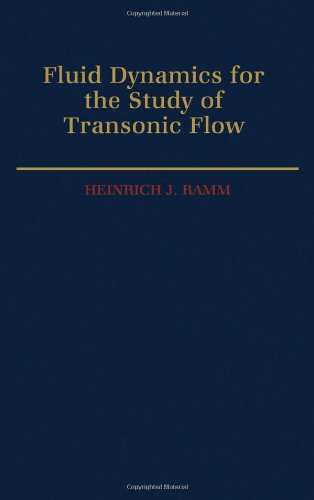

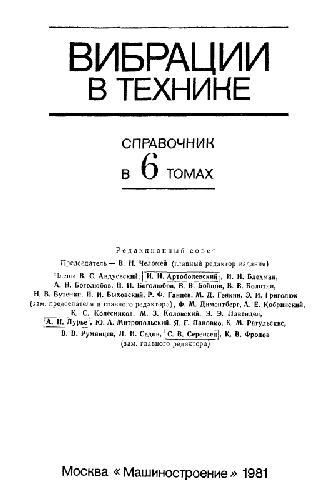
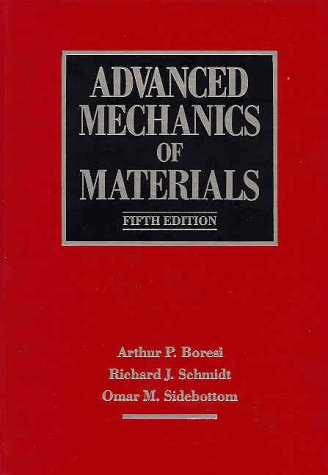
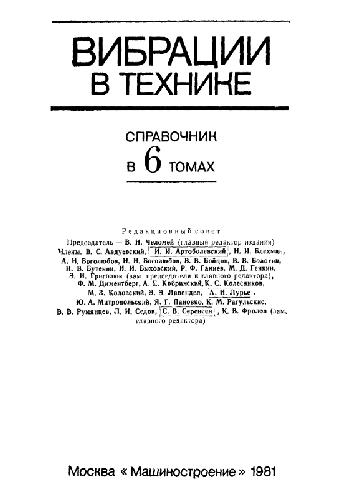

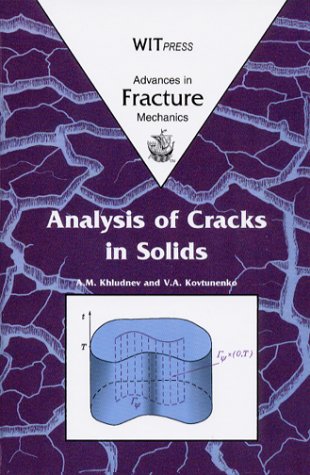
Reviews
There are no reviews yet.